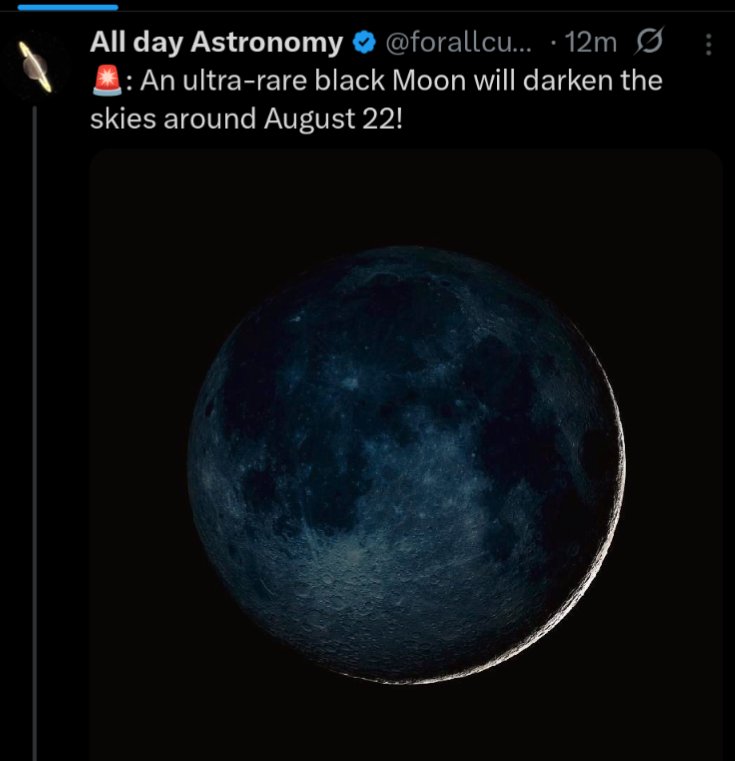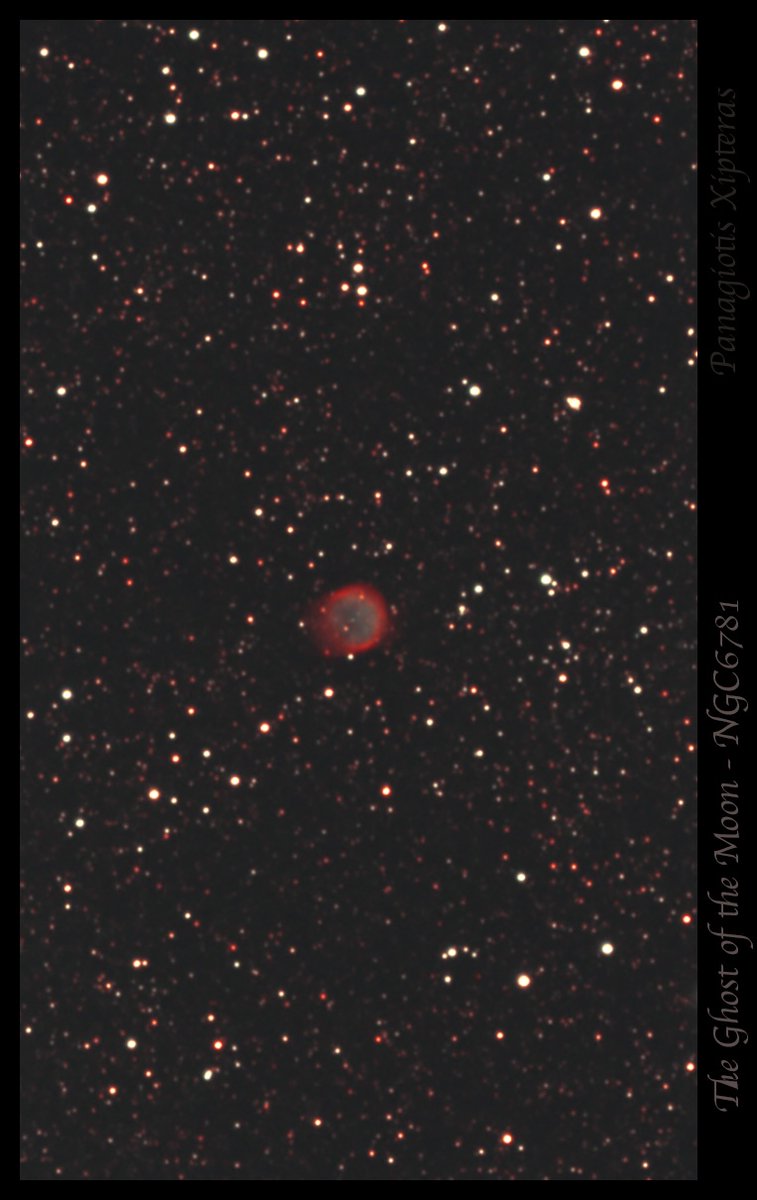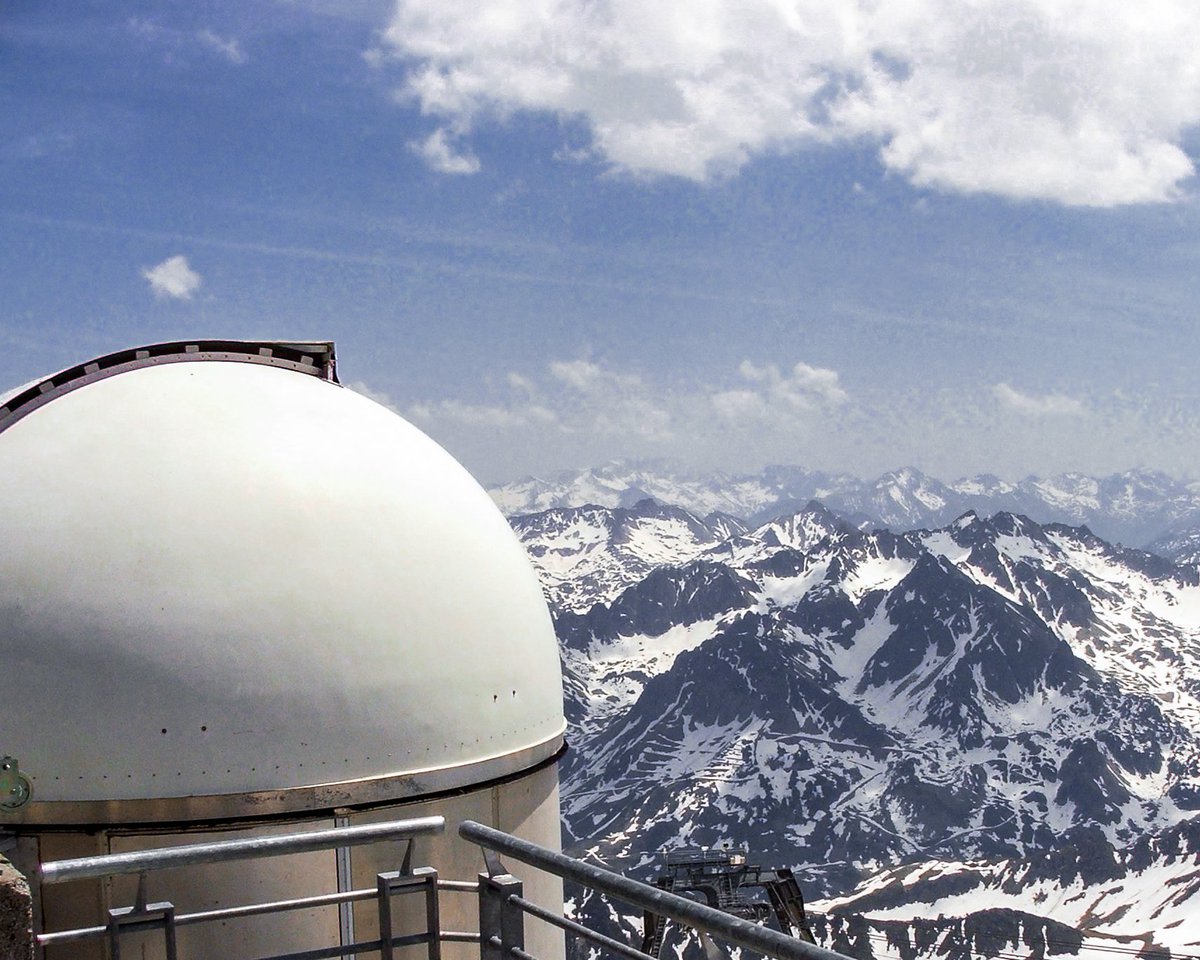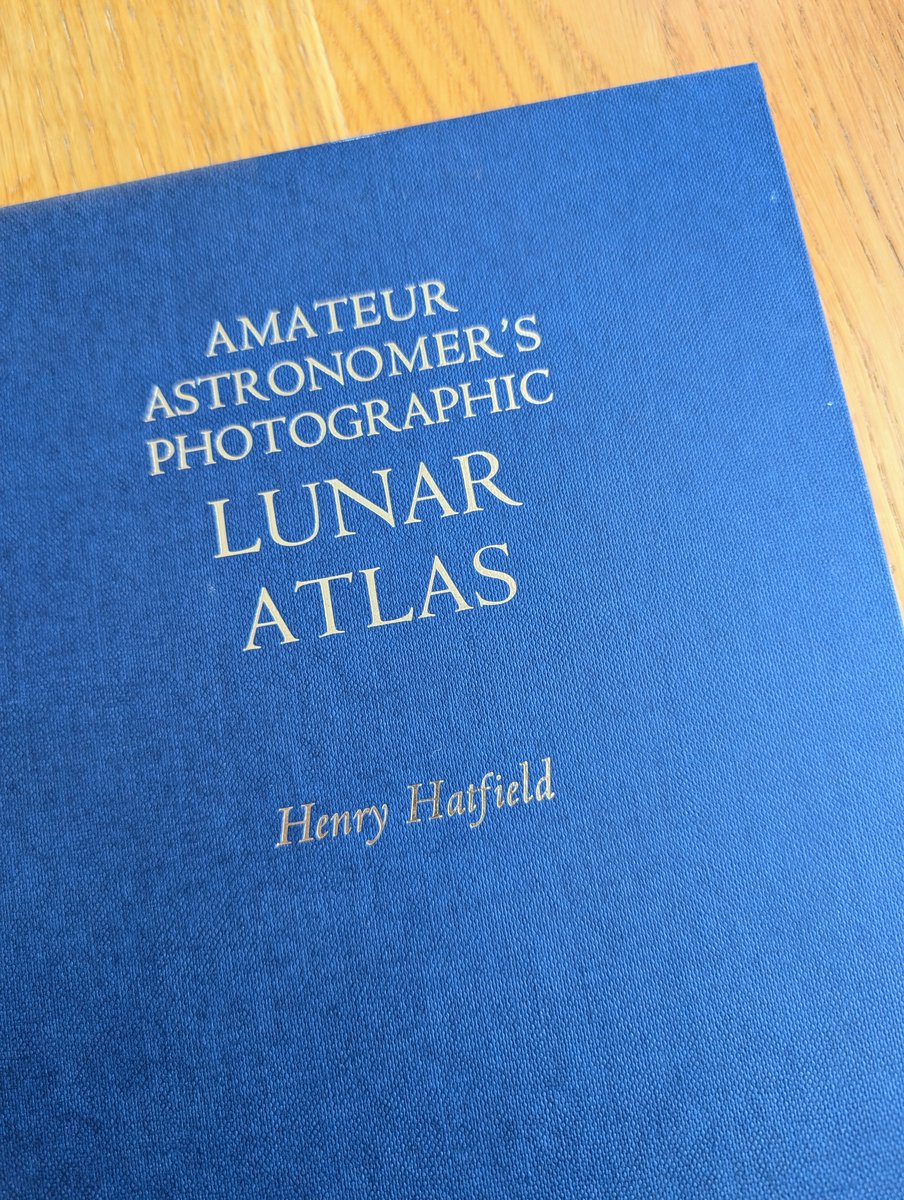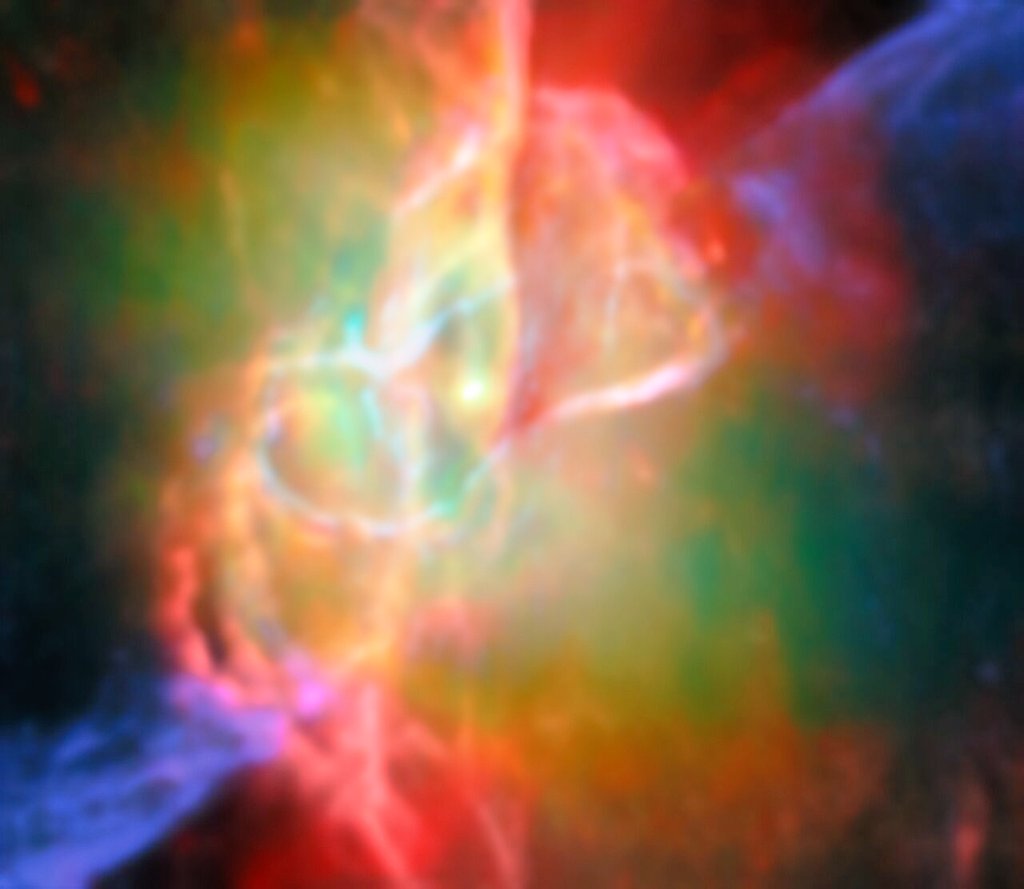
Amazing Astronomy
@amazastro
Human curated Astronomy/Spaceflight, bit other science & scifi.
With Detail & Credit.
Debunking some Disinfo & Myths along way.
Feed your Curiousity with Facts.
ID: 1878926872865619968
13-01-2025 22:07:41
1,1K Tweet
587 Followers
202 Following

NASA Acting Administrator Sean Duffy At least European Space Agency and others are continuing to look out for our planet, in an attempt to prevent any "If only humanity had done this..." moments in future. space.com/science/climat…
















